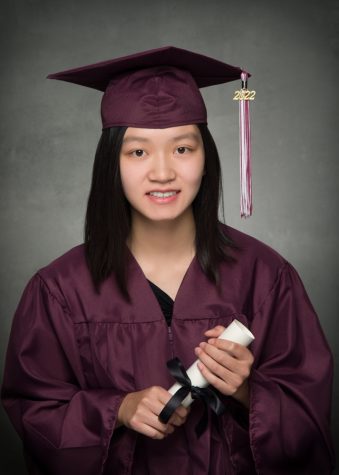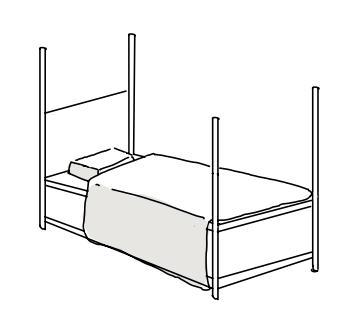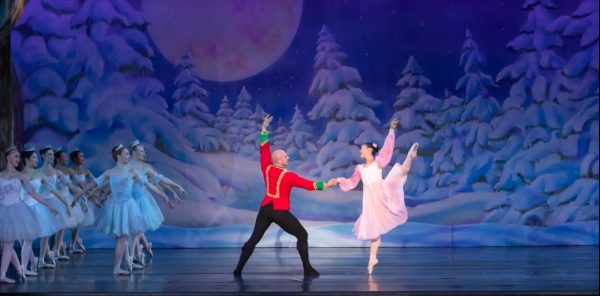Why the PE credit system is broken
Running endless laps around the track, multi-stage pacer tests, and playing indoor soccer is not what everyone wants to be doing with their school day. PE has always been a complicated and terrible system. Let’s be honest, no one wants to have PE as a required class.
At CHS, students are required to accumulate a certain amount of credits to graduate. For example, both English and Math require four years’ worth of credit and Fine Arts require one year’s worth of credit. However, these credits are simple to accumulate since English and Math are already integrated into everyone’s schedules and Fine Art is simple to make up if there is a spare period.
However, this is not the case for PE. Students can all agree jog-walking around a track for an hour doesn’t teach any life skills whatsoever. But for some reason, CHS requires 20 credits for PE. Ten for your mandatory freshmen PE class and another ten earned another way. The optional courses of action to earn your last ten credits for PE are either taking a class, such as badminton or bodybuilding, summer PE, or playing a sport. Not everyone wants to make up their credits over the summer or take a year more of PE the next year. One could argue that a summer doing PE could be a lot less work and stress than just playing sports; however, summer sessions take almost an entire month,with six hour daily sessions.
Taking an entire month of PE in the summer is not exactly what students want to spend their time; instead, they could be going to summer camps, research programs, internships, or just relaxing after a long school year.
After freshman year, one has the opportunity to take another PE class, like badminton, volleyball, bodybuilding, and basketball. The additional issue with taking another year of PE is that the majority of the classes only give you a total of five credits for one semester. This means that you would have to take two semesters of the class, which is a complete waste of time. Or, complete another option that everyone turns to, sports.
Although sports is a very popular option for obtaining credits and can be fun at times, CHS has a major flaw with opting out of PE with sports. The sad fact is that one sports season can only count two and a half credits and in one year the maximum amount of credits you can receive is seven and a half, barely enough to give you one full year of credit. Only four years of one singular sport can you fulfill your one year of sports credit. Students who do two or more sports in one year barely reach ten points worth of credit and their hard work and effort do not even count for the one extra year they need. The majority of people who join sports at CHS either desperately need their PE credits fulfilled or they want something to add to their college applications saying they had extracurriculars.
The amount of dedication, work, time, and effort put into sports can be difficult, both physically and mentally. According to Hopkins Medical, more than three million injuries occur each year, and specifically in our more popular sports such as cross-country or soccer, over 100,000 injuries occur. On top of student-athletes feeling physical pain, sports can also take a toll on everyone’s mental health. If students joined a sport specifically to fulfill PE credits, it is not entirely their passion or what they want to do in their free time. As a result of this, student-athletes could suffer from anxiety or depression. Should students even have to suffer all these injuries for a mere 2.5 points directed towards their PE credit?
Overall, students should not have to go through an entire year of sports to receive at most seven and a half credits or take a one-year-long class for PE to receive only five credit points. PE should be able to give students more points than what they are signing up for and the fact that PE does not give any life skills whatsoever proves that it should give more credit. A semester’s worth of instruction in a sport as obscure as badminton is, for most people, just a waste of time. It should not be a mandatory part of so many CHS students’ path to graduation.
Hello there! Our goal is to provide relavent, engaging journalism for readers of all ages. Your donation will support the student journalists of the Wolfpacket at Claremont High School, and will allow us to purchase equipment, print our monthly issues, and enter in journalism competitions. We appreciate your consideration!

Anna Jiang is a senior and the Head Features Editor of the Wolfpacket. In her fourth year on the Wolfpacket staff, Jiang is excited to create a memorable...











